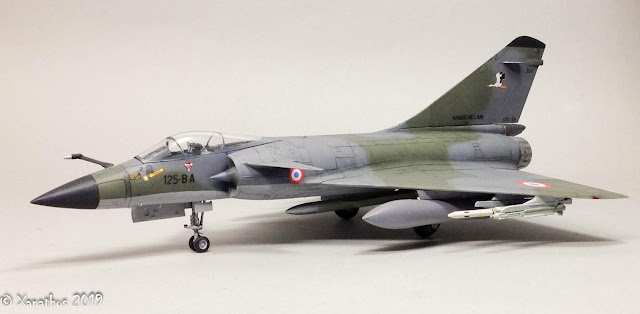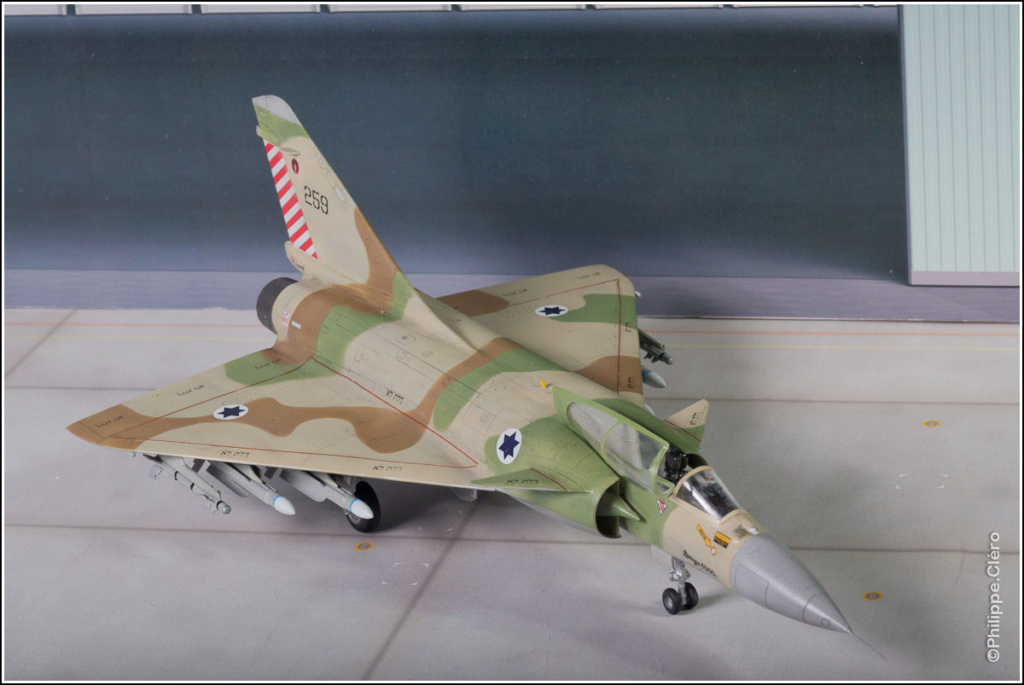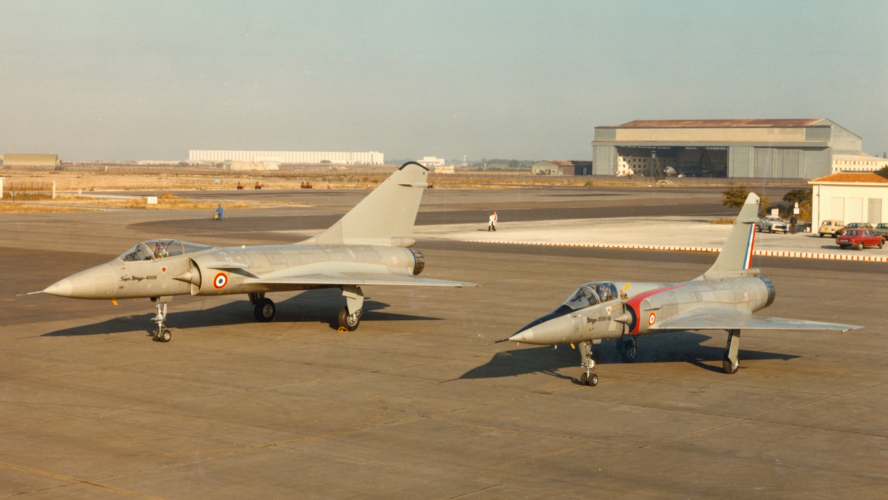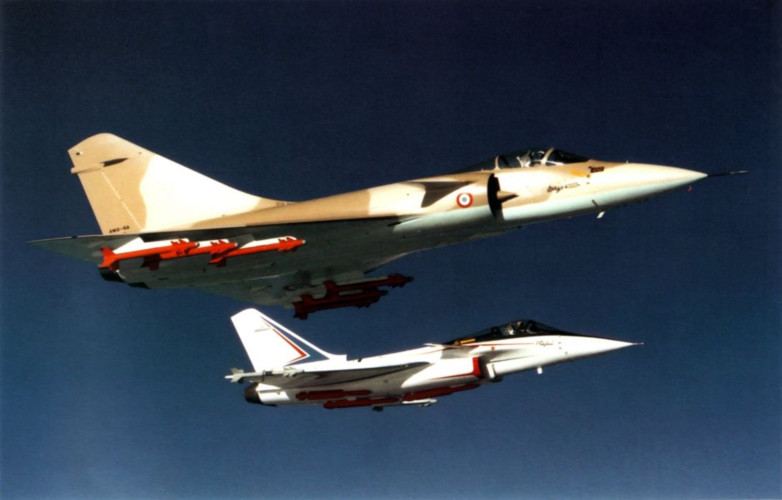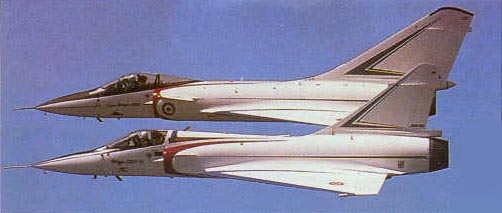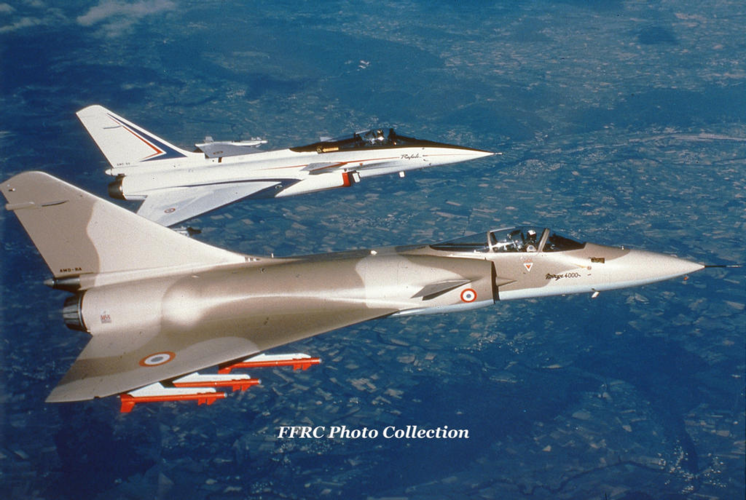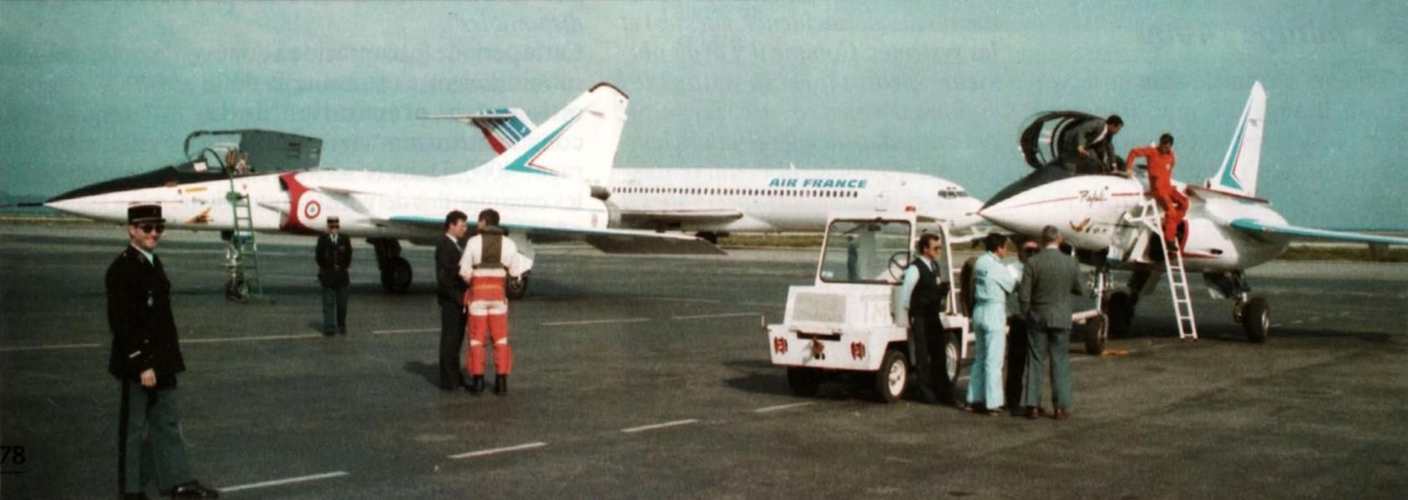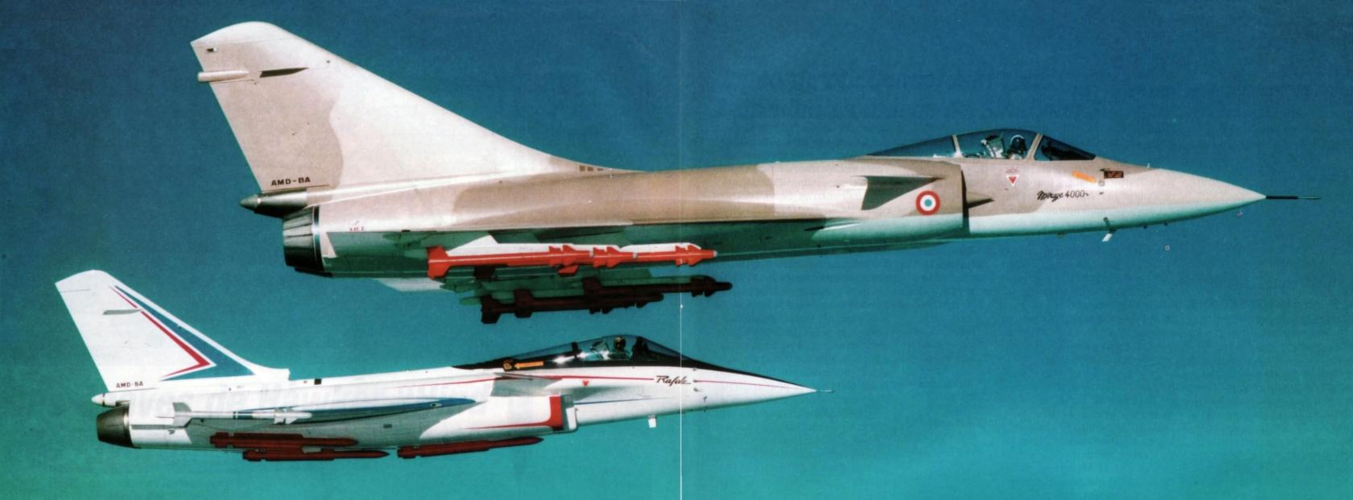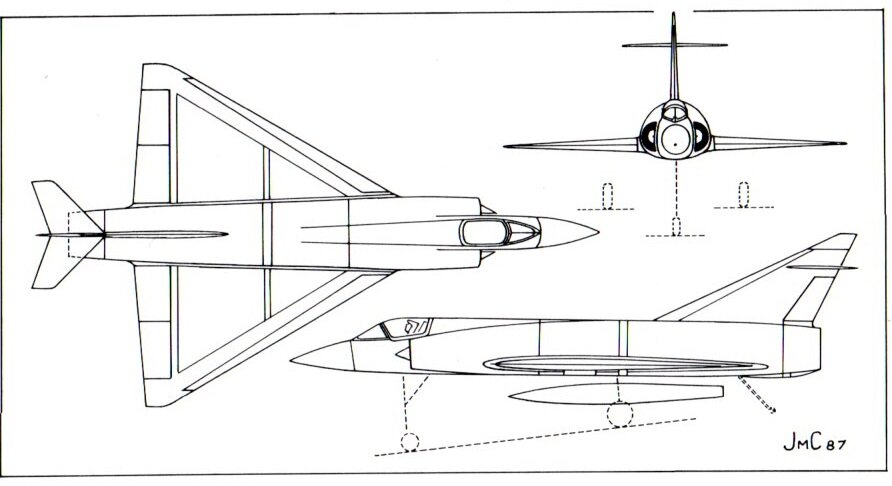- Joined
- 29 November 2010
- Messages
- 1,774
- Reaction score
- 3,479
So the saying goes, the M4K was built for the middle-eastern market (likely Saudi Arabia), but that never ended up materializing
project gets cancelled, and then the Rafale was born out of its ashes.
Lets say in this alternative history, some one did buy the Mirage 4000, the Saudis, the UAEs (maybe more likely?), etc.
How would this affect the entire future of Dassault, French military, and other related global acquisitions and power projection?
would France themselves, after seeing it being exported, buy it themselves?
would it mean no Rafales built, and instead, a replacement for the M2K and M4K occurring a decade or two later perhaps in the 90s or 2000s?
would it also mean no Mirage 2000Ns? (instead the role going to the M4K)?
who else would have bought it since another country took the first plunge? perhaps Taiwan?


project gets cancelled, and then the Rafale was born out of its ashes.
Lets say in this alternative history, some one did buy the Mirage 4000, the Saudis, the UAEs (maybe more likely?), etc.
How would this affect the entire future of Dassault, French military, and other related global acquisitions and power projection?
would France themselves, after seeing it being exported, buy it themselves?
would it mean no Rafales built, and instead, a replacement for the M2K and M4K occurring a decade or two later perhaps in the 90s or 2000s?
would it also mean no Mirage 2000Ns? (instead the role going to the M4K)?
who else would have bought it since another country took the first plunge? perhaps Taiwan?
